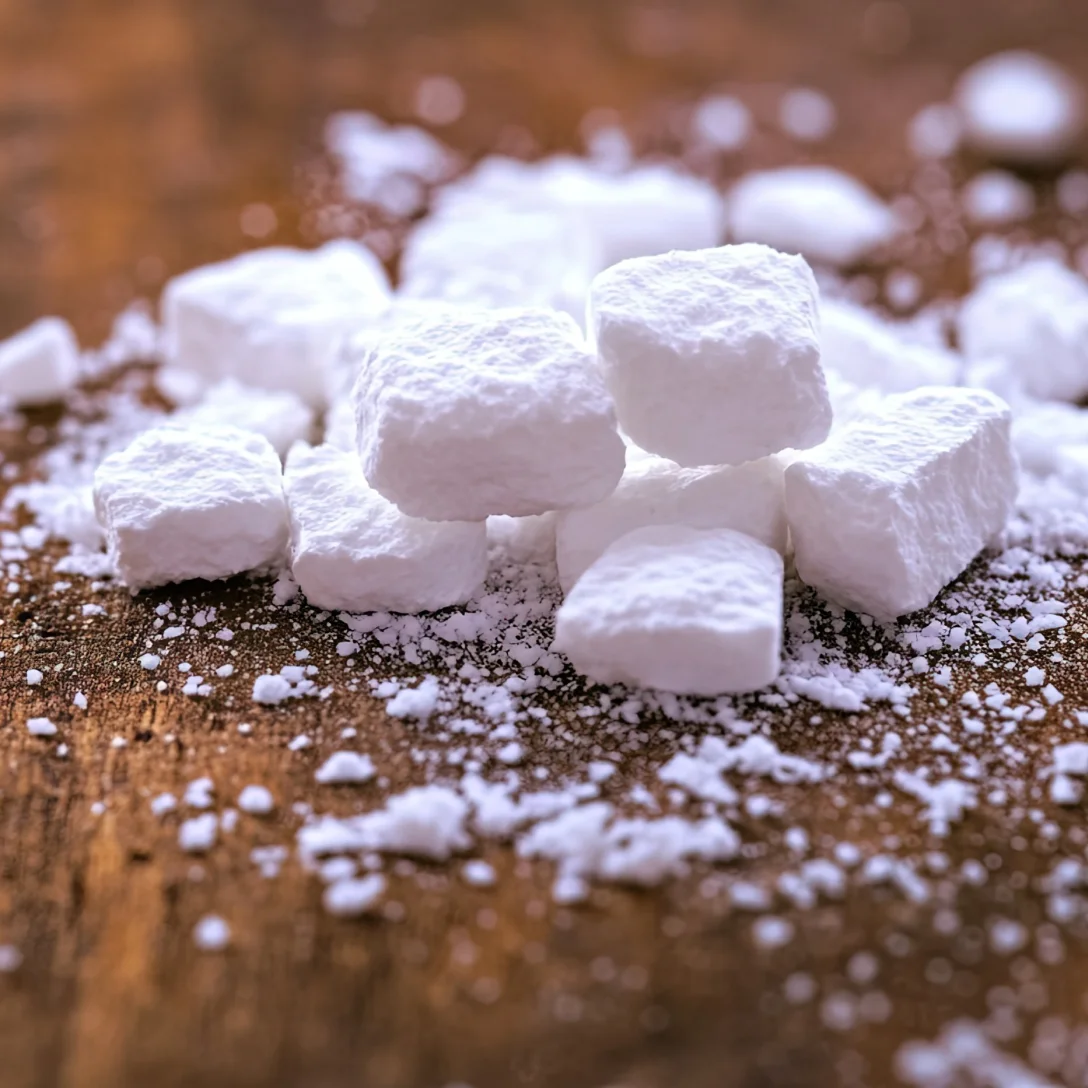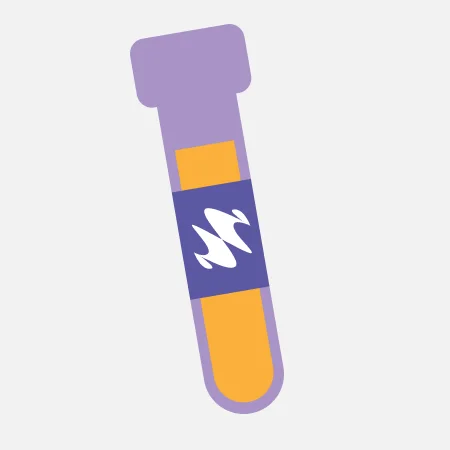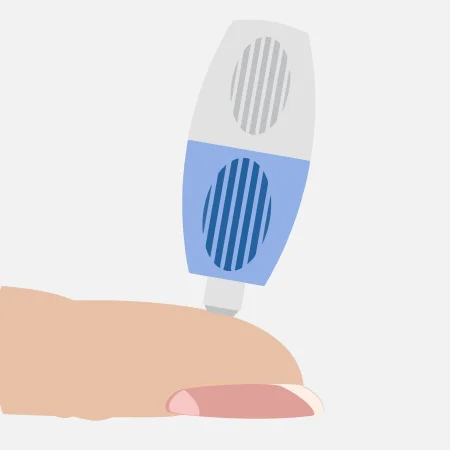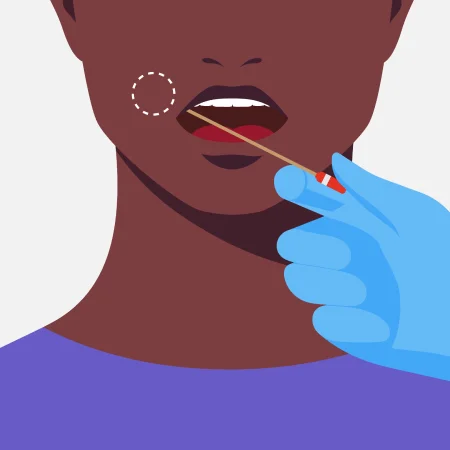We are experiencing technical difficulties with our phones. New Enquiries: 07741407849. Current Cases: 07519326032
- Drug and Alcohol
Court approved hair, nail, blood drug and alcohol testing - Maternity and Paternity
Ministry of Justice approved legal DNA testing - Wider Relationships
Understanding second and third degree familial connections - Immigration
Home Office approved testing for visas and passports - Expert Services
Court standard expert witness reporting
Introduction to Crack Cocaine
Crack cocaine, often referred to as "crack," is a highly addictive stimulant derived from cocaine hydrochloride. It is typically smoked, delivering an intense and immediate high. Classified as a Class A drug under the UK Misuse of Drugs Act 1971, the possession, production, or supply of crack cocaine is illegal, with penalties including imprisonment and substantial fines.
Crack Cocaine Street Names
- Rock
- Base
- Hard
- Gravel
- Dice
Crack Cocaine 's Chemical Structure
Crack cocaine is a freebase form of cocaine with the chemical formula C17H21NO4. Its structure is similar to cocaine hydrochloride but lacks the water-soluble salt, making it smokeable.
Accurate and confidential crack cocaine testing is essential for legal, professional, and personal needs. Contact AttoLife for reliable testing services tailored to your requirements.

How To Test For Crack Cocaine
When crack cocaine is consumed, it is detected in the body in the form of anhydroecgonine methyl ester (AEME). Here are the common methods for detecting crack cocaine and their detection windows:
01
Hair
Long Detection Window (Months)

Hair drug testing can detect crack cocaine use for several months or longer, depending on hair length.
Explore Hair Drug Test02
Fingernail
Long Detection Window (Months)

Fingernail testing can confirm use for several months as the drug is deposited into the keratin as nails grow.
Explore Fingernail Drug Test03
Urine
Medium Detection Window (Days)

Crack cocaine metabolites are detectable in urine for up to 72 hours after use, though heavy or chronic use may extend this period.
Explore Urine Drug Test04
Blood
Short Detection Window (Hours to Days)

Blood tests can detect crack cocaine shortly after use, typically within 24 hours.
Explore Blood Drug Test05
Saliva
Short Detection Window (Hours to Days)

Saliva tests are effective in detecting crack cocaine within hours of consumption and up to 48 hours afterward.
Explore Saliva Drug TestLegitimate Use Cases for Crack Cocaine
Crack cocaine has no legitimate medical or therapeutic applications. When cocaine is smoked it produces anhydroecgonine methyl ester (AEME), the pyrolysis product of cocaine (also referred as a metabolite of cocaine), which is known solely for its recreational abuse and its association with severe health and social consequences.
Will Crack Cocaine Show Up on a Drug Test?
Yes, crack cocaine is detectable in drug tests. Testing typically identifies anhydroecgonine methyl ester (AEME), a metabolite of cocaine, rather than the drug itself. Specialised testing can differentiate between crack cocaine and powder cocaine use.
Get a QuoteHow Long Does Crack Cocaine Stay in Your System?
The detection period for crack cocaine depends on several factors, including the frequency of use and the test method:
- Urine: 1 to 3 days
- Hair: several months
- Blood: Up to 1 day
- Saliva: A few hours to 2 days
Get a Quote
Factors Influencing Crack Cocaine’s Presence in Your Body
The duration crack cocaine stays in your system depends on factors such as:
- Frequency of Use: Chronic use results in a longer detection window.
- Metabolism: A faster metabolism can reduce the time crack cocaine is detectable.
- Purity of Drug: Higher purity leads to more metabolites, extending detection periods.
Method of Use: Smoking delivers rapid effects but may shorten detection windows compared to other methods.
Crack Cocaine Use in Legal Scenarios
Crack cocaine testing is often required in legal contexts, including:
- Child Custody Cases: Evidence of drug use can impact custody decisions.
- Criminal Investigations: Crack cocaine use is often linked to drug-related offences.
- Employment Testing: Industries requiring safety-sensitive roles may mandate testing for crack cocaine use.
False Positives and Interpretation of Crack Cocaine Results
False positives in crack cocaine testing can occur due to:
- Cross-Reactivity: Certain medications, like amoxicillin or some anaesthetics, may produce false positives.
- Environmental Exposure: Rare but possible through contamination.
Confirmatory tests, such as Mass Spectrometry, can eliminate false positives.

Popular Culture and Crack Cocaine
Crack cocaine has a notorious reputation in popular culture, often depicted in films, music, and media as a drug associated with urban crime and social decay. The "crack epidemic" of the 1980s and 1990s remains a focal point in discussions about drug policy and enforcement.
Get a Quote

Notable Forensic Cases Involving Crack Cocaine
Crack cocaine has been at the centre of numerous high-profile cases involving drug trafficking, violent crimes, and family law disputes. For example, its detection in child welfare cases often plays a pivotal role in custody outcomes, emphasising the critical need for reliable testing.
Risk of Contamination
Contamination risks in crack cocaine testing are minimal when strict protocols are followed. However, external contamination (e.g., through smoke exposure), and therefore the detection of anhydroecgonine methyl ester (AEME) can sometimes yield low-level positives.
Get a Quote

